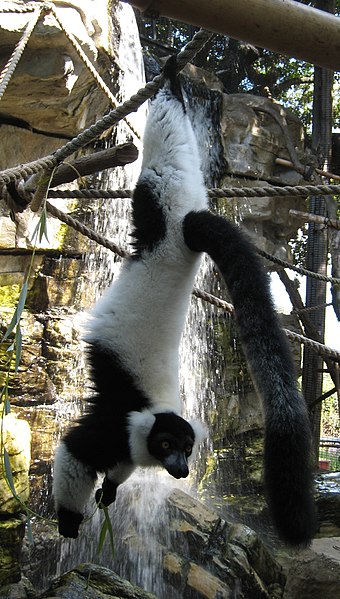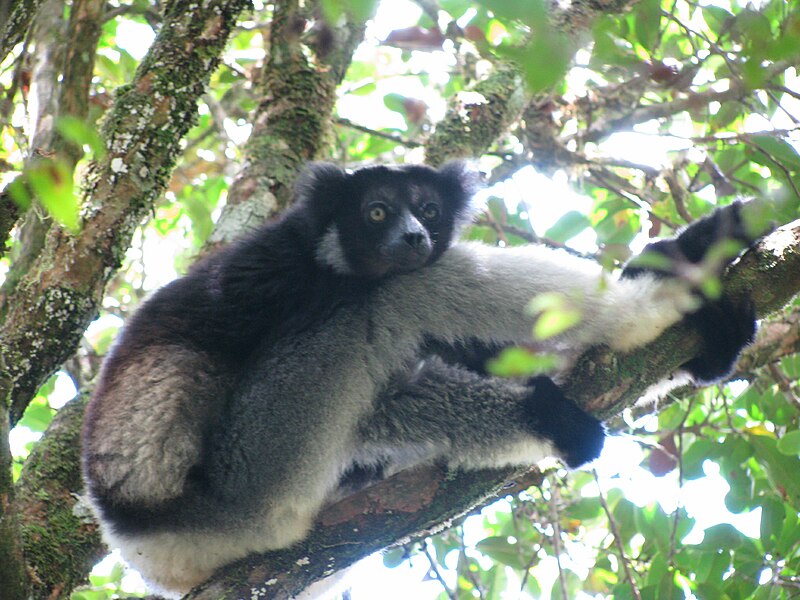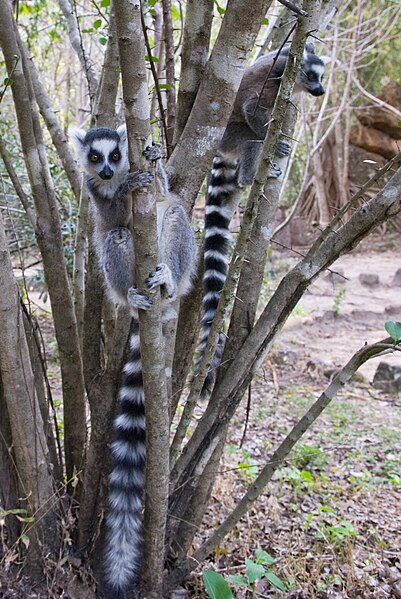Hello everyone! We're
starting the month of June and let me tell you, where I live, it's
HOT!!!
We've been having temperatures of over 100° F!
That's just too hot! Fortunately, I find writing this blog very
relaxing. Today, I decided to post a rerun article – one from last
year. The writing style is probably really different from the way I
write now, but it's still a good read and loads of information hope
you like it!
Days Till
It is:
10 days till Father's Day
It is:
17 days till Summer Solstice and Summer begins!
It is: 27 days till Independence Day
In the Spotlight
There hasn't been a lot of news concerning Jurassic World (aka
Jurassic Park 4) this week, but we do have an update
nonetheless! The film crew of JW is finally finished filming
in Hawaii and are going to start filming in New Orleans at an
abandoned Six Flags amusement park! You can read more about it here.
Topic of the Week by
Christian Ryan
As you'll recall in the book of Genesis in the Bible, God created all the land animals on Day 6 (this includes dinosaurs). These animals would have included an animal we all know and love - the lemur. Now lemurs might look like monkeys, after all they are both primates, but lemurs and monkeys are not related, contrary to what those brainwashed evolutionists say. Lemurs are actually prosimians. Prosimians (Pro-sim-ee-ans) is a group of primates that along with lemurs also includes tarsiers and bushbabies. The most famous lemur is no doubt the Ring-Tailed Lemur, but there are over 100 other species of lemurs living on the earth today. All can be found on the African island of Madagascar. Here are a few examples:
Grey Mouse Lemur
Black and White Ruffed Lemur
The Indri Lemur
Aye-aye
Golden Bamboo Lemur
Verreaux's Sifaka
Ring-Tailed Lemur
Unlike
monkeys, lemurs can't hang from their tails. But they are very handy
for balance while scampering among the tree branches. The largest lemur
is the Indri (as seen in one of the pictures above) and the smallest is
the mouse lemur (also seen in one of the pictures above). The mouse
lemur is only 11 inches long! This makes it not only the smallest lemur,
but also the smallest primate.
Lemurs live in groups called troops and they are normally (but not always in some species) lead by a dominant female. Unlike most primates, this is a female-ruled society. The males don't just sit back and relax however, they help in fighting rival groups over territory. And when the males fight, boy, you might want to get a close-pin! Males don't just use their hands and feet to fight, they use stink! You see, God made these guys with special scent glands on their wrists. They rub them on their tails and then they wag their tails around to try and frighten the other lemur troop away.
These furry primates also live in a variety of habitats too, from cacti scrub-land areas, to dense tropical rain forests. They also eat a lot of different types of food, including leaves, flowers, fruit and insects. Mmmmm, sounds yummy! Some lemurs have more centralized diets e.g. the Bamboo Lemur (see the above pictures) mainly eats bamboo.
Lemur's vary greatly in size today. But back in the day, lemurs had even greater size ranges. Take the Megalatopus for example.
Lemurs live in groups called troops and they are normally (but not always in some species) lead by a dominant female. Unlike most primates, this is a female-ruled society. The males don't just sit back and relax however, they help in fighting rival groups over territory. And when the males fight, boy, you might want to get a close-pin! Males don't just use their hands and feet to fight, they use stink! You see, God made these guys with special scent glands on their wrists. They rub them on their tails and then they wag their tails around to try and frighten the other lemur troop away.
These furry primates also live in a variety of habitats too, from cacti scrub-land areas, to dense tropical rain forests. They also eat a lot of different types of food, including leaves, flowers, fruit and insects. Mmmmm, sounds yummy! Some lemurs have more centralized diets e.g. the Bamboo Lemur (see the above pictures) mainly eats bamboo.
Lemur's vary greatly in size today. But back in the day, lemurs had even greater size ranges. Take the Megalatopus for example.
How did you all like this rerun article? Please be sure to let me know via commenting and I'll see you all next week!
P.S. 1: Have a puzzling
question about animals (including dinosaurs), myself, my latest book,
my stop-motion movies, Creation or etc? Please post your question as
a comment or send me an email at animaladventures@aol.com.
PS. and/or at animaladventures1314.blogspot.com, as
sometimes messages don't come in via my AOL account.
P.S. 2: Many (or in some
cases all) of the photographs and images above are not mine. If you
own one or more of them and would like them to be removed, politely
let me know via one or both of the email addresses above.
P.S. 3: What’s the new in
the news? Check it out at SMILEY’S
NEWS.



_2.jpg)




No comments:
Post a Comment